About Alan
“Climb your own ‘Everests’ in life, and in every step, embrace the challenges, the lessons, and the small victories along the way”
–Alan Mallory, CSP, MA, BSc, PE, PEng, PMP
Fun facts and interesting insights About Alan
Alan Mallory is a high-impact international speaker, author, and performance coach who inspires individuals and teams to unlock their full potential – both personally and professionally. Combining a background in engineering with a Master’s in psychology, Alan offers a rare blend of analytical insight and mental mastery, helping audiences navigate complexity, embrace challenges, and achieve peak performance.
His record-setting ascent of Mount Everest with his immediate family is more than an extraordinary adventure; it serves as a living blueprint for resilience, focus, and execution under pressure. From navigating perilous ridgelines to making split-second decisions in extreme conditions, Alan translates the lessons of high-stakes mountaineering into practical strategies for leadership, teamwork, and personal growth.
On stage, Alan’s presentations are immersive experiences that blend storytelling, actionable frameworks, and real-world examples. Audiences leave equipped with the mindset, habits, and team dynamics required to perform at their best, even in high-pressure environments, and inspired to climb their own “Everests” in life and work.


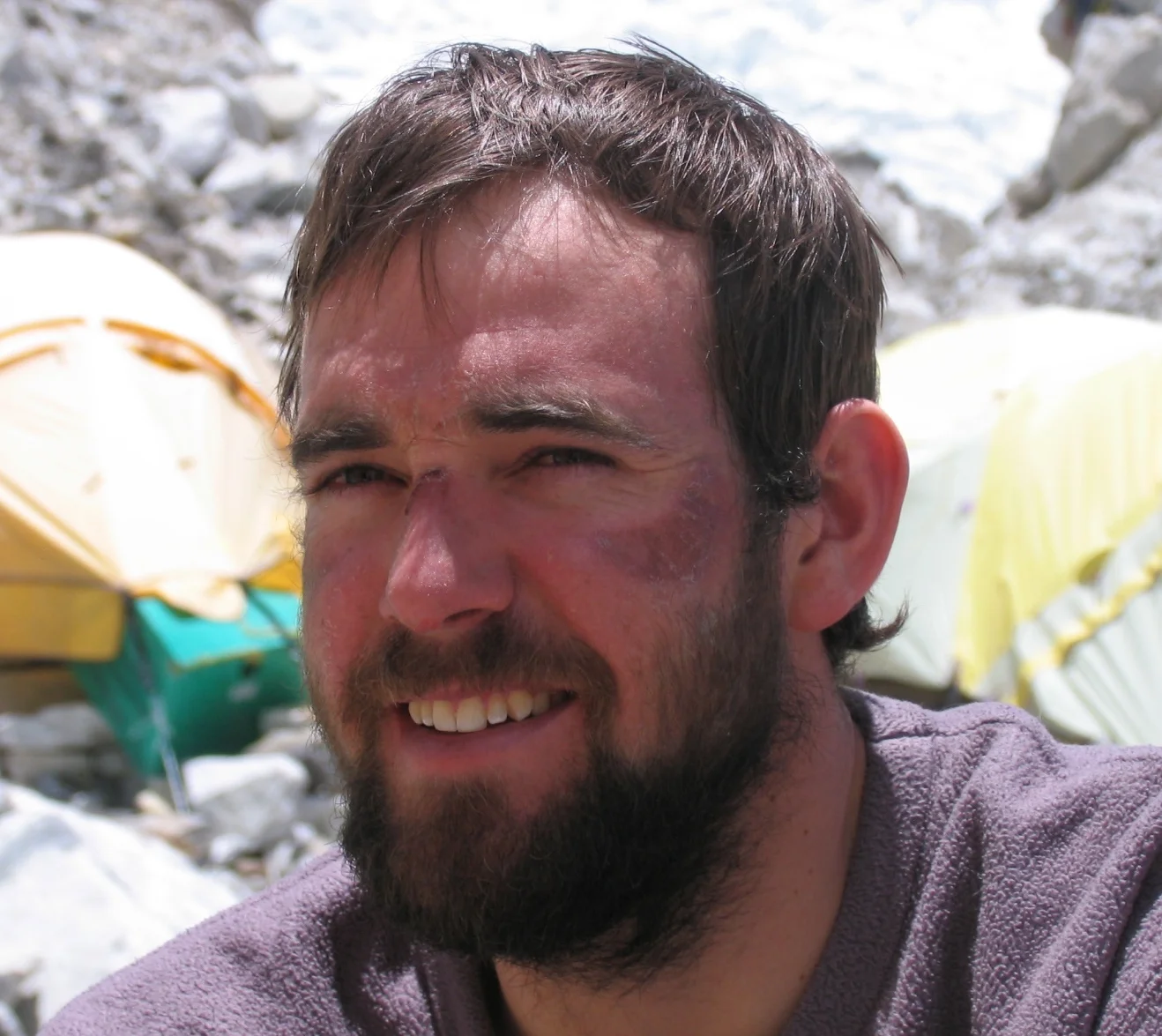
Professional speaker
Alan is a gifted speaker who speaks regularly around North America and beyond. His stories and stage presence are captivating, and the visuals that complement his speaking make the entire experience a rewarding and memorable one for his audience.
Alan specializes in developing great leaders by establishing and reinforcing the professional development skills and mindsets that are essential for success. His true passion is working with people to reach new heights in the way we think and the actions we take. Alan has always had a keen interest in discovering what drives us to do what we do and how we can use this knowledge to improve our overall health and happiness.
Alan’s engaging presentations and interactive training programs help organizations and individual contributors achieve breakthrough performance. By integrating his many years of innovative leadership experience with captivating mountaineering and adventure stories, Alan creates a powerful and unforgettable journey for his audiences.
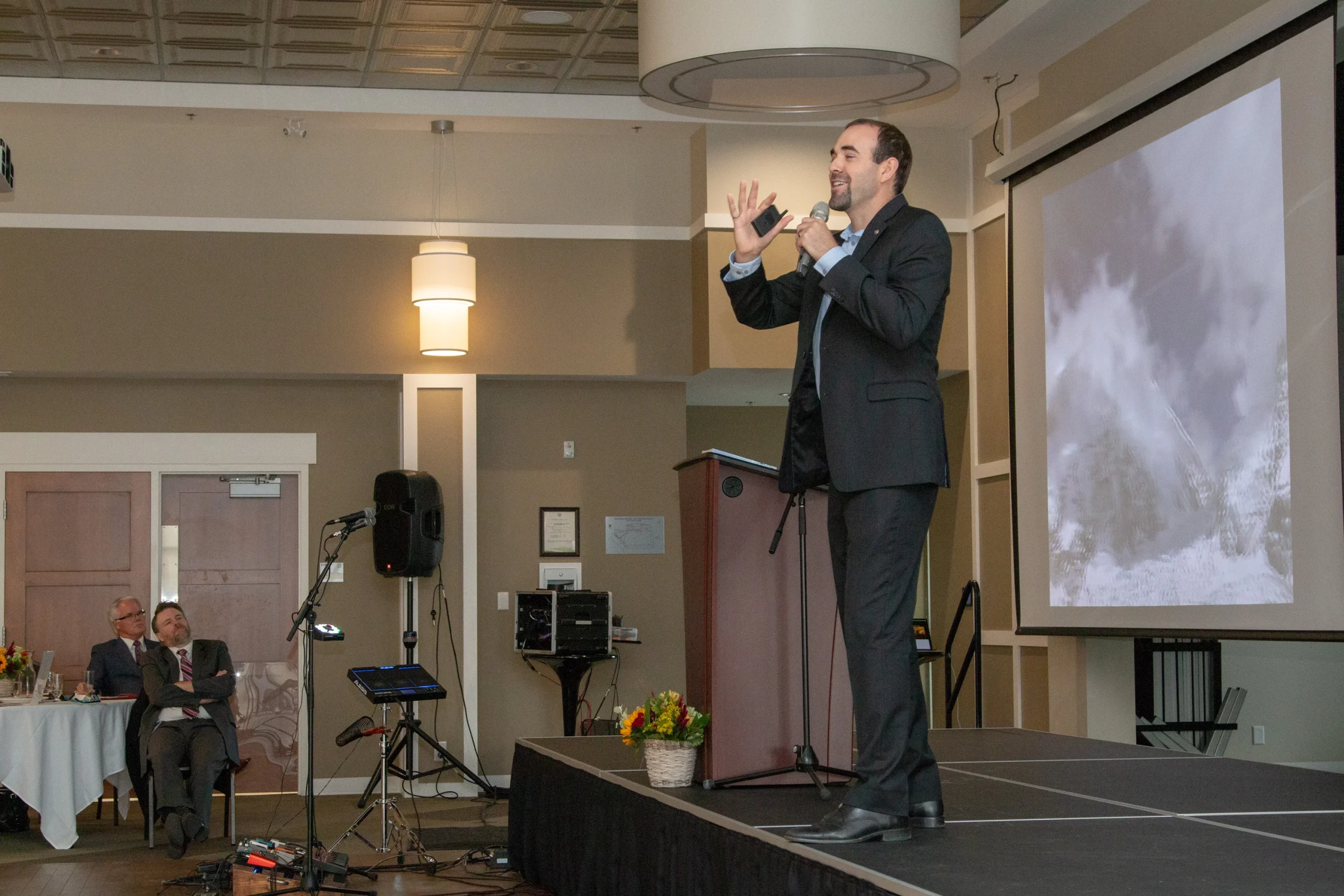
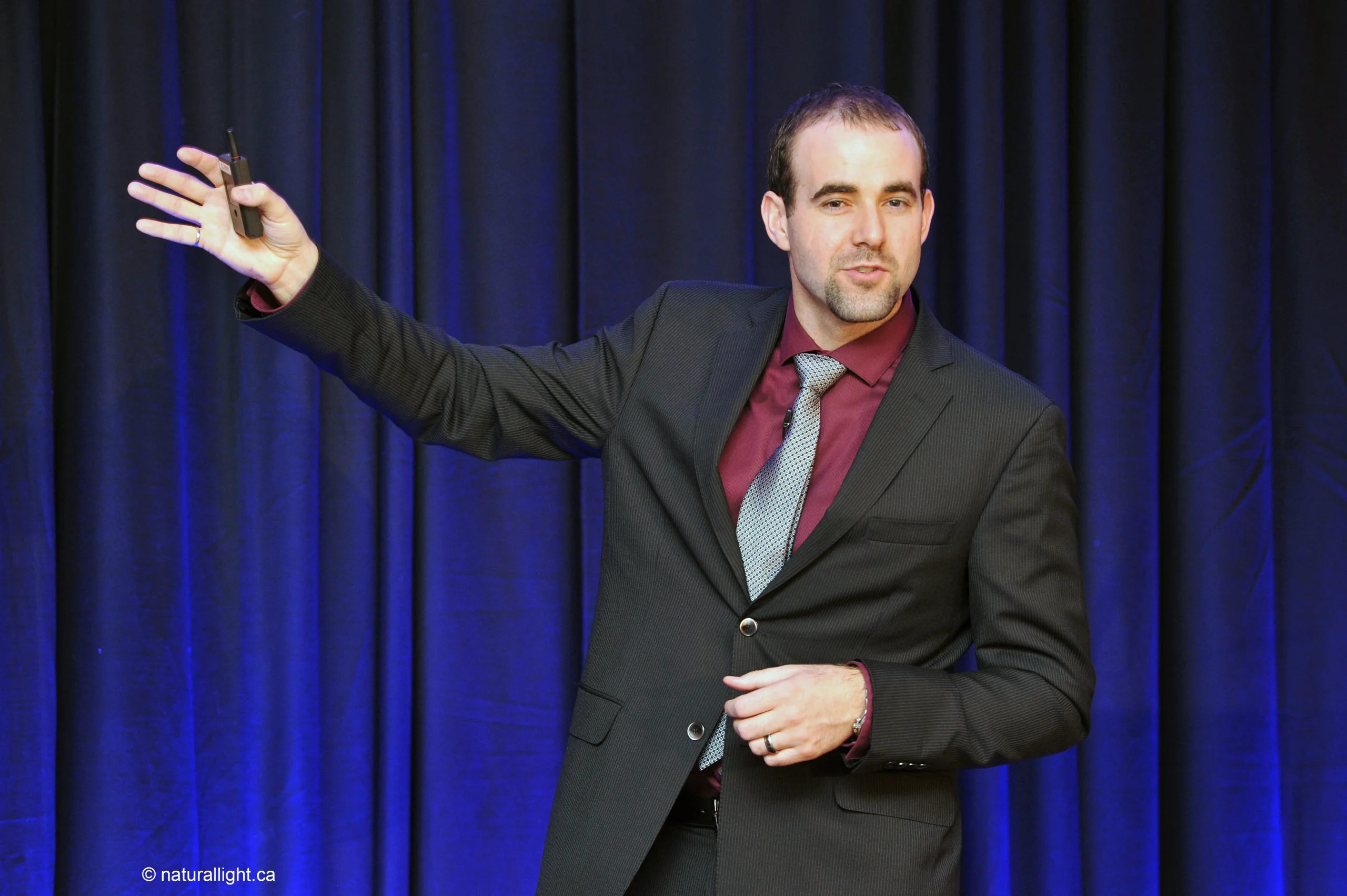
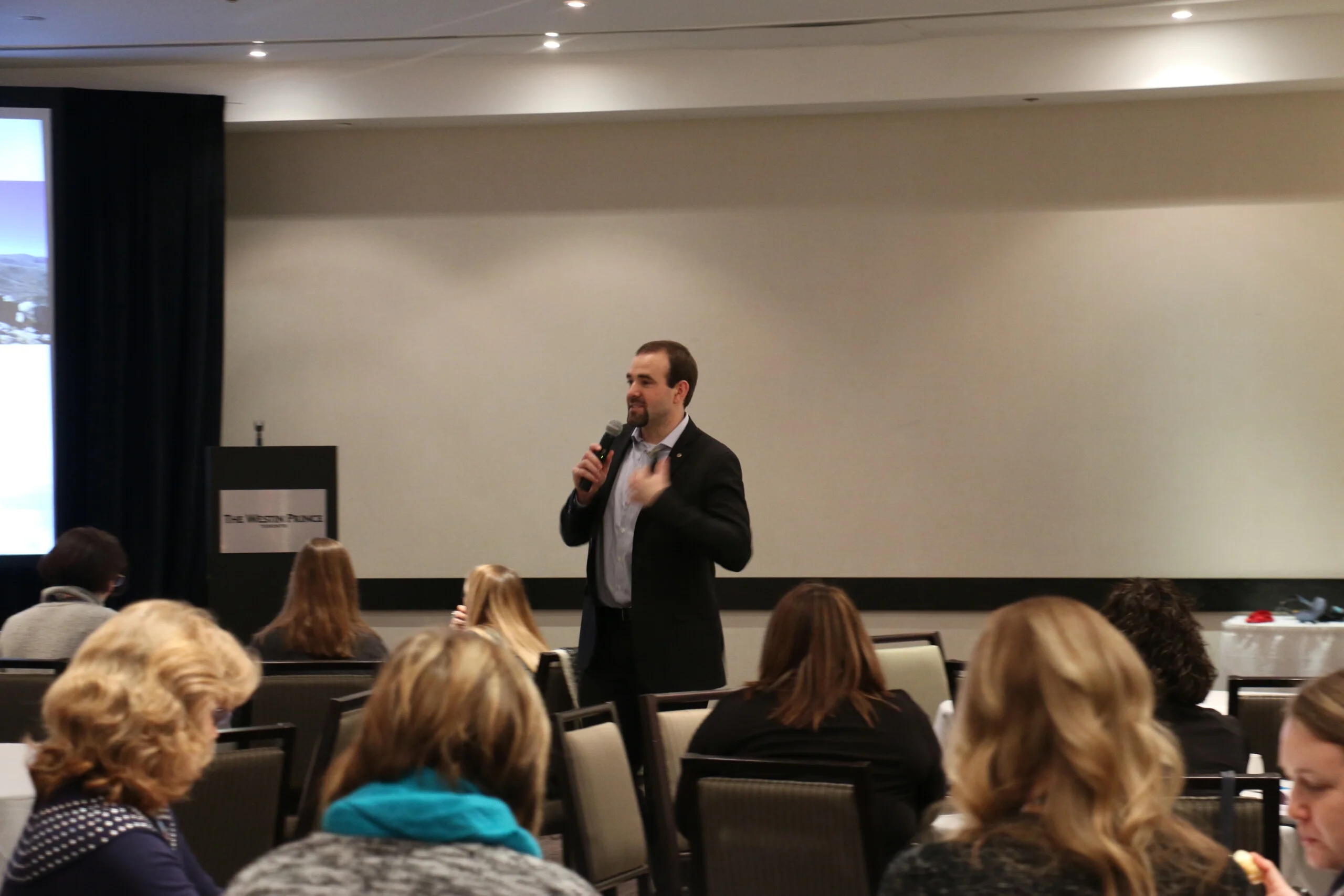
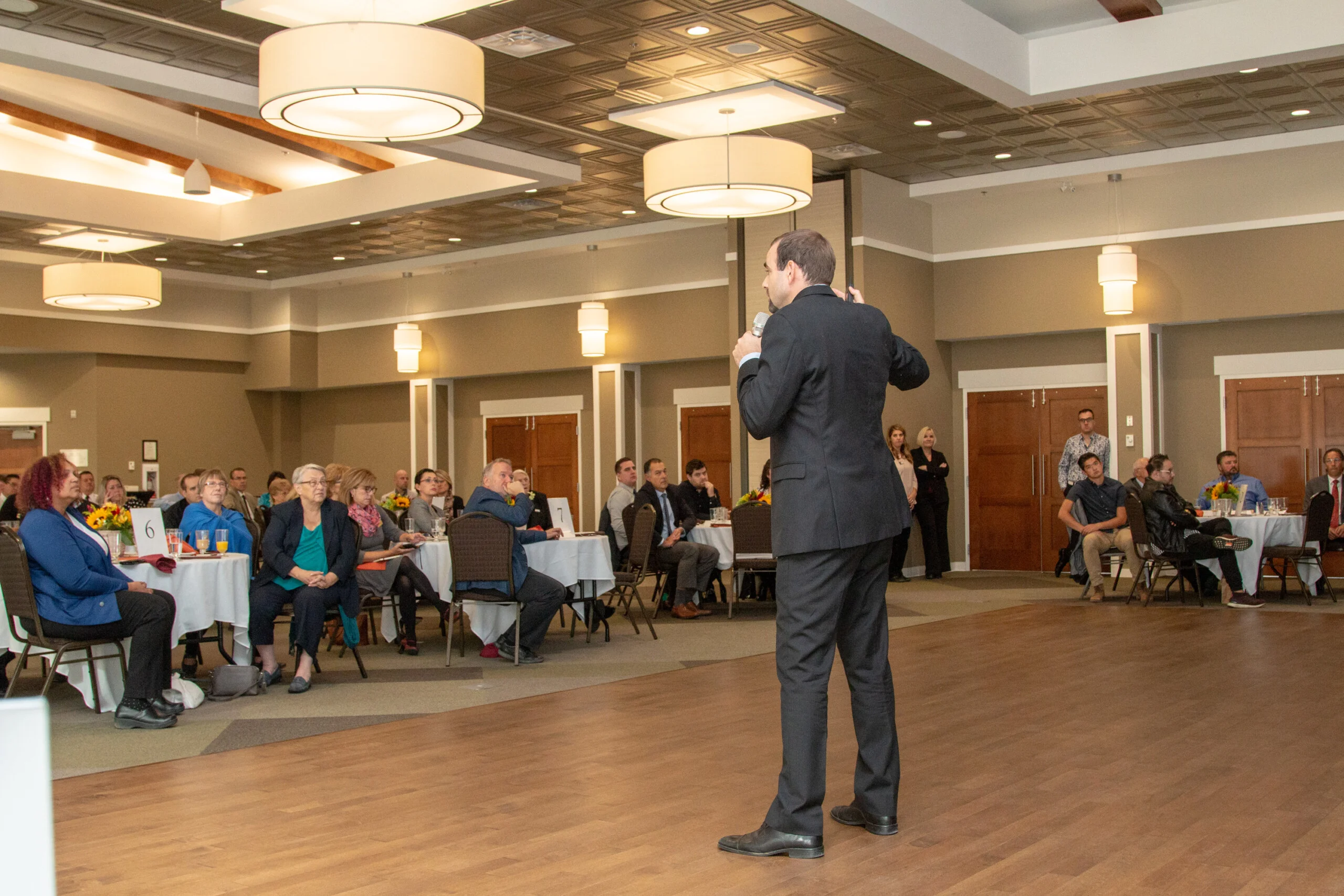
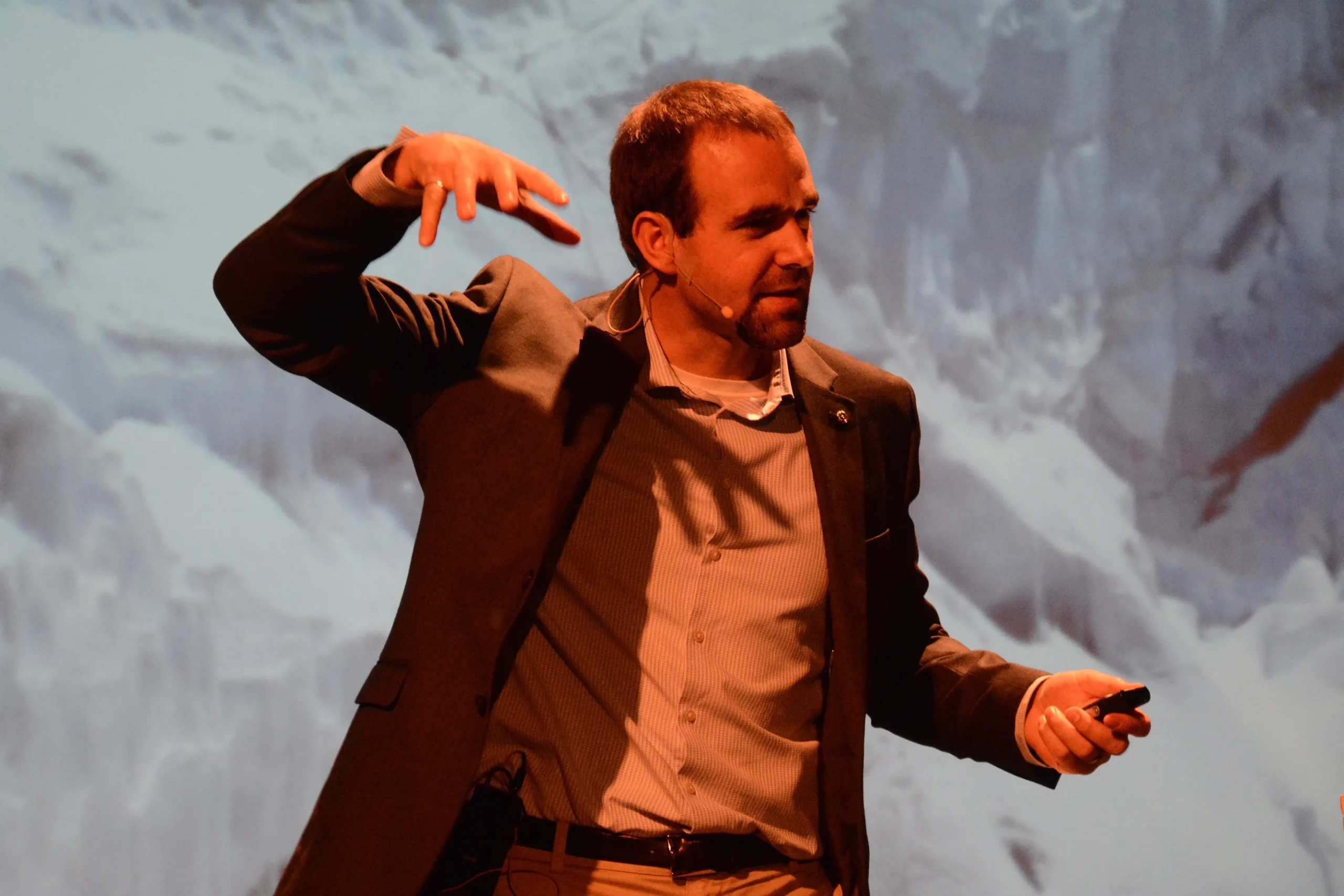
Author
Alan is the author of The Family That Conquered Everest. Richly illustrated with photos from the expedition and other outdoor exploits, the book is a fast-paced and engaging adventure story that also highlights the lifestyle and family values that prepared the Mallory family for success. It explains the thinking and planning that went into making their attempt possible, the logistical nightmares that they had to circumvent, and the strategies that they developed to continue moving forward in spite of the seemingly impassable obstacles and ever-changing environments they were faced with. Their unique journey has mesmerized and inspired families and individuals around the world, and the book brings their journey to life in a whole new way.
The book is much more than an exciting adventure, though. It is also very inspirational from the standpoint of family success and togetherness. Throughout the book, Alan explores and explains the many family adventures and dynamics that enabled the Mallorys to take on such a challenge together. Collaborating and looking out for each other was paramount on the expedition, as was being able to quickly and effectively resolve conflicts that arose. Many teams fell apart and had to give in to defeat if they could simply not get along and function as a single unit. The Mallorys success is a fantastic example of the importance of strong principles and maintaining a deep level of trust between team members.
Alan has also included a short excerpt written by each of his family members when they had a particularly extraordinary or inspiring experience that was best told in their own words. Each member of the team had different thoughts and experiences on the mountain and different points of view, adding unique perspectives to the book.
The underlying messages throughout the book are about personal development and finding the spark within each of us that drives us to do the things we do. By controlling our focus and concentrating on the things we are most passionate about, we are capable of accomplishing great things. It is our own reservations and limiting beliefs about ourselves that hold us back. If we can overcome these self-imposed limitations, there is nothing that we cannot achieve.
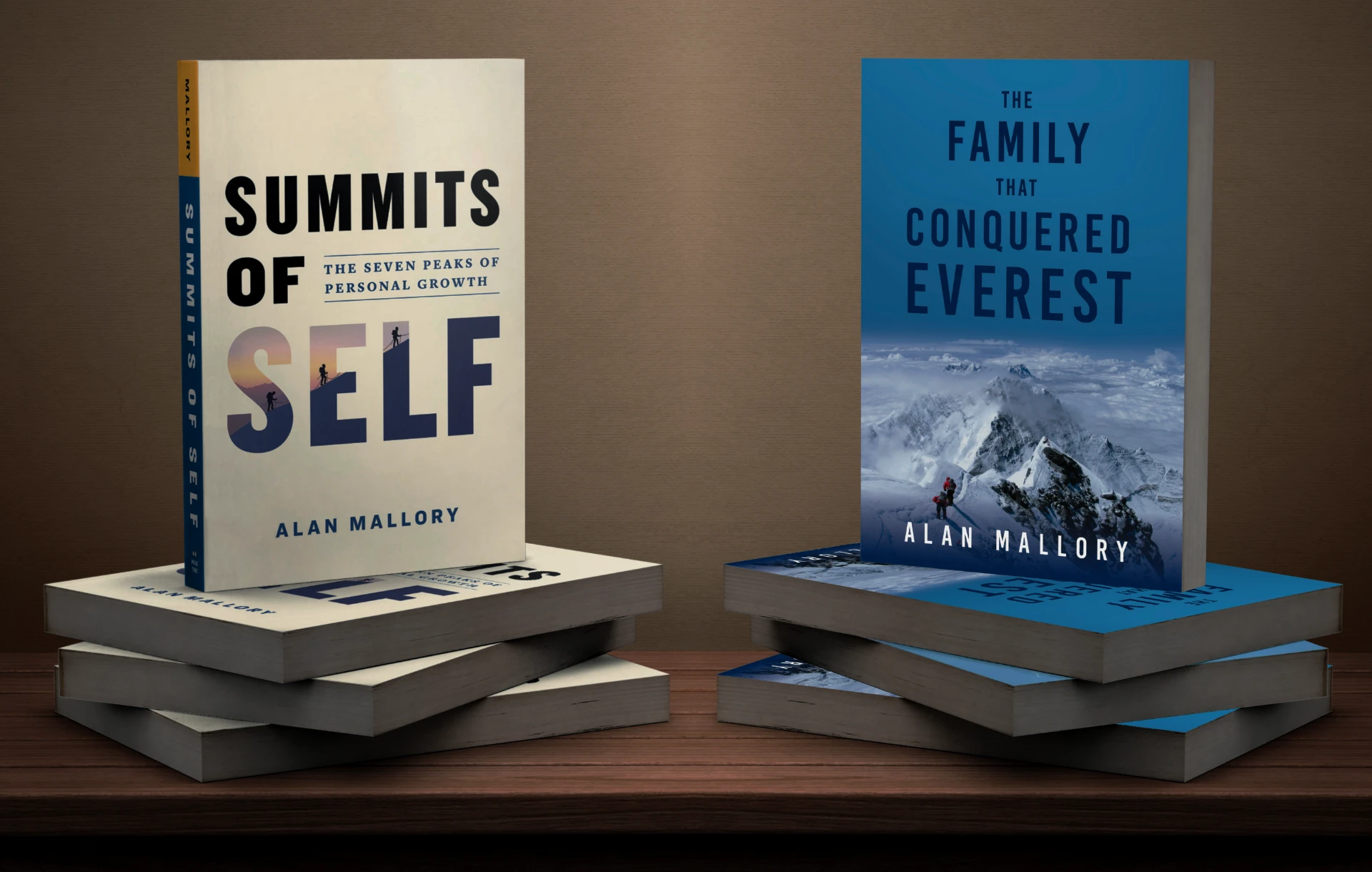
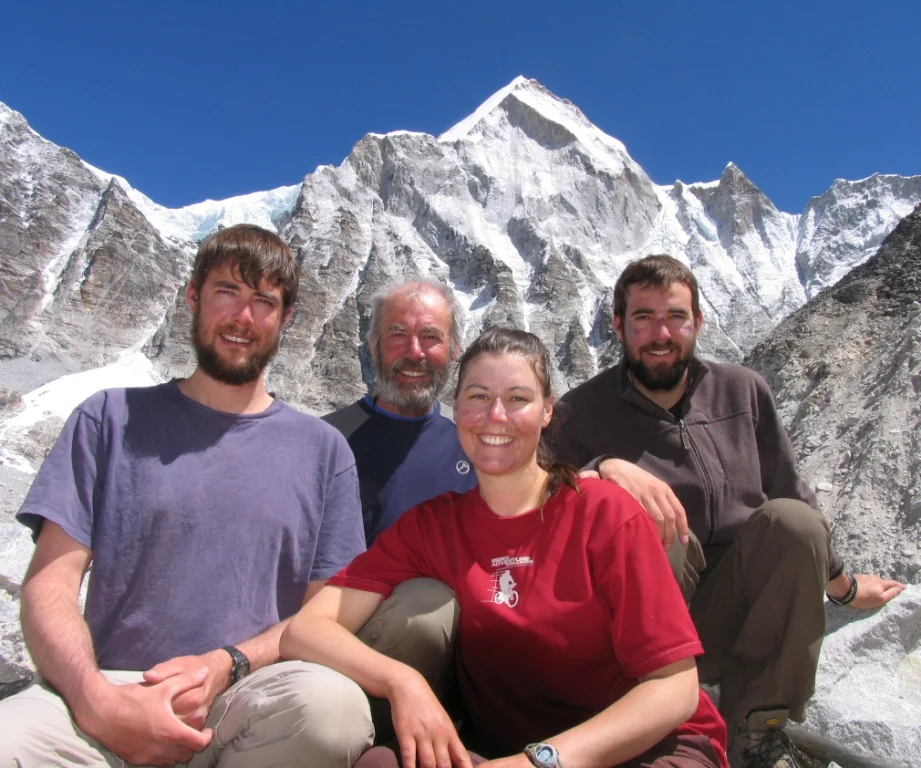
Mountaineer
Climbing Mount Everest is considered one of mankind’s greatest feats of endurance. The grueling expedition to the top of the world’s highest peak is a journey filled with unparalleled physical and mental challenges and some of the roughest, most extreme conditions imaginable.
In 2008, Alan Mallory and his family took on the challenge and became the first family of four to set foot on the summit. It was a two-month journey filled with emotion, loyalty, boldness, and terror, and the experiences the team encountered during the expedition were as incredible as they were terrifying. From staggering across ladders spanning bottomless crevasses and fighting the many altitude-related sicknesses to climbing through a blizzard in the dead of night and two members of the team almost losing their lives forever, every segment of the climb was an exhilarating venture.
Read More
The idea of attempting to climb Mount Everest originally began with my father. We were sitting around the dinner table one evening, about two years before we departed for the expedition, when my father casually posed the question of who amongst us would be interested in attempting to climb Mount Everest. I didn’t give it much thought at the time, but I said it sounded like a challenge that I would be interested in, and my brother and sister responded similarly. That’s how it all started, and over the subsequent two-year period, I began to think more and more about the mountain, and soon it became a personal goal of mine that I felt a strong drive inside of me to attempt to reach.
Although there were a lot of logistics we had to deal with in the two-year time period before we departed on the expedition, the majority of the logistics came together in the final two months before the climb. Many things took a significant amount of time and energy and were very difficult for us to coordinate, including gear purchases from all over the world and getting the family together to discuss and organize our approach as Adam, Laura, and I were all living in different cities at the time. Eventually, we were able to make everything fall into place at the last minute, and the date of our departure arrived.
On April 5th, 2008, Dad, Laura, and I flew out of Toronto towards our first destination, Kathmandu, Nepal. Adam had to fly over a few days later because of school commitments, and Mom had flown a week earlier because she wanted a bit of extra time to acclimatize.
After spending a few days in Kathmandu, acquiring the gear that we were unable to bring with us from Canada, we took another smaller flight to the village of Lukla, near the outskirts of the Himalayan Mountains. A ten-day trek brought us and our huge amount of gear and supplies into Base Camp, where we would establish our home base for the two-month expedition.
We used an outfitter for our Mount Everest expedition, which was a little different for us. On other mountains, we had not used an outfitter, but it is almost a necessity on Everest because of the very long period of time and the frequent movement between camps for acclimatization. Someone needs to replenish the food supplies and provide the many tents and safety equipment, so this is where an outfitter comes in. We opted not to climb as part of the main group, however, so that we would have the freedom to make our own climbing decisions and rely on our own experience.
Once at Base Camp, we settled into the small dome-climbing tents that were pitched on the icy, jagged rock surface of the Khumbu Glacier. The glacier is continuously moving, so Base Camp is always changing shape as the ice slowly melts and changes shape beneath the tents. It seemed like a comfortable enough place at first, but two months is a long time to spend on a mountain, and before long, it became quite miserable with all the sicknesses, hardships, and lack of hygiene facilities.
Because of the extreme height of Everest, climbers need to acclimatize in order to be able to continue up to higher altitudes. This is the main reason why it takes so long to scale the mountain. A lot of the deaths on Everest are a result of climbers gaining altitude too fast and not allowing their bodies to go through the necessary acclimatization changes. This mistake of climbing too fast will lead to acute mountain sickness, and eventually your small blood vessels will constrict and rupture, causing pulmonary or cerebral edema. Pulmonary oedema is when this rupturing of small blood vessels causes your blood to leak into your lungs, eventually leading to partial suffocation, and it can be recognized by a gurgling sound when talking or breathing. Cerebral oedema is even more serious and occurs when blood leaks into your brain. It can cause all sorts of problems, including extreme dizziness, blindness, and eventually death, if the climber is not brought to a lower altitude very quickly. We met climbers during the expedition with both of these oedemas, so it is not an uncommon occurrence, and extreme care needs to be taken in properly acclimatizing before continuing to climb higher. At altitudes lower than Base Camp, limiting the speed of your ascent is sufficient for proper acclimatization, but above Base Camp, we had to do an up-and-back approach where we made progressively longer acclimatization climbs up the mountain each time returning to Base Camp to allow our bodies to recover and the acclimatization changes to take place. Above Base Camp, we encountered the infamous Khumbu Icefall, which is essentially a steep incline of cascading chunks of ice created as parts of the continuously moving Western Cwm Glacier break off and slide or tumble down towards Base Camp. It takes about eight hours to climb through the icefall, and because of our up-and-back acclimatization process, we had to pass through the icefall a total of six times. The enormous blocks of ice, called seracs, move 1–2 meters (3–6 feet) per day, and it is quite a dangerous section to go through because the seracs can fall at any time, creating ice avalanches. A number of climbers have been killed by this falling ice.
By far the most nerve-wracking aspect of the Khumbu Icefall is that the continuous movement of the ice creates very wide cracks or crevasses that are hundreds of feet deep, and we had to cross them on aluminum ladders many times tied end to end by thin rope.
After an 8-hour climb through the treacherous Khumbu Icefall, we finally arrived at Camp 1. Camp 1 is almost always windy, making it very cold and not a very enjoyable or safe place to stay. However, after our first climb through the icefall, the tents were a much welcomed sight.
Climbing to Camp 2, we followed the edge of the Western Cwm Glacier, quite close to the steep-walled base of Mount Nupse. The route is located here to avoid the massive crevasses in the center of the Western Cwm, but one has to be careful of avalanches off of Mount Nupse as many of these avalanches sweep right across the route we were on.
Camp 3 is half way up the Lhotse Face, which is a 6,000-vertical-foot steep, icy face. Climbing on the face was a challenge because of the incline and because of the constant threat of ice, rocks, and other objects that careen down the face from above with very little warning. Dad and Laura had some close calls on the Lhotse Face, with huge rocks coming at them from above. The tents at Camp 3 were connected by climbing ropes, and caution needed to be taken to ensure we clipped into the ropes when climbing between tents because a fall from Camp 3 will result in tumbling all the way down the Lhotse Face back towards Camp 2, a mistake that has claimed a number of climbers lives in years past.
Our first climb to Camp 3 was just for acclimatization, and we had to head all the way back down to Base Camp afterwards to recover. After our second trip to Camp 3, however, we continued on, using our oxygen masks for the first time at a very low oxygen flow rate just to preserve our energy for higher up.
Before arriving at Camp 4, we had to scale the Yellow Band and the Geneva Spur. These huge rock formations were extremely difficult to surmount because of the low amount of available oxygen. It seemed to take all my energy to put one foot in front of the other, and it was an extremely slow process.
Finally, after at least eight hours of climbing from Camp 3, we arrived at Camp 4, which is at an altitude of 8000 m (26,000 ft). The howling wind roaring across the barren rock and ice made it a very desolate-looking place. Camp 4 is in what is known as the “Death Zone,” which is the area above 8000 m where there isn’t enough available oxygen to support life. Your body is continuously degrading, and spending more than a few days at that altitude is very risky. Almost every year there are a few climbers that lose their lives in the Death Zone, and the year we were there was no exception.
After arriving in Camp 4, we had a few hours to replenish our water supplies by melting snow and ice before we departed again that night with no sleep on our 12-hour summit attempt. We each wore a small head lamp, which would guide us through the night. Laura was very sick and was unable to continue climbing with us. She called us on the radio and told us she was heading back to Camp 4, and the three of us continued on along with our two Sherpas (local Nepalese climbers who climbed with us).
The climb that night was probably the biggest challenge of the expedition. There was a terrific blizzard most of the night, and the blowing snow and ice on the climbing ropes iced up our mechanical ascenders, rendering them useless at times and causing us to fall significant distances down the steep South Face. Eventually, after what seemed like an eternity of climbing, we arrived at the Balcony, a small plateau on the South-East Ridge of Everest. From the balcony, we turned and started heading steeply up the south-east ridge, which eventually brought us to the south summit.
From the South Summit, we could see the actual summit of Everest, and our spirits were lifted. However, we still had about a two-hour climb across the treacherous Summit Ridge. The ridge had a lot of jagged, exposed rock, and the steel crampons we were wearing on our mountaineering boots were constantly slipping on the rock.
It was an incredible feeling when we finally surmounted the last jagged rock section and trudged our way slowly up the last snowy crest to the summit of the highest mountain in the world. Wow! The feeling of finally reaching our goal was absolutely incredible.
Although we had achieved what we had set out to achieve, the challenge wasn’t over yet. The way down is considered by many climbers to be even more dangerous than the way up because of the complete mental and physical exhaustion. In fact, many climbers have lost their lives on the way down, and we had our two biggest scares on the descent.
My terrifying experience hit me just after I started down the Summit Ridge and ran out of oxygen. I won’t go into a lot of detail on this website about the specifics surrounding this frightening occurrence, but it was a very serious and sobering experience. It involved both human and equipment errors and led to the onset of oedema symptoms that got severe enough that I could not control my movements, and I thought that I was going to perish on the mountain. I can assure you that this type of event, when you truly think that you are going to lose your life, has a profound and very deep effect on a person.
Our second terrifying scare took us by surprise the following day after Laura, who had been too sick to climb with Dad, Adam, and me, headed off towards the summit by herself, except for the one Sherpa who was with her. We went through a very long period of radio silence with no word from her, and we were beginning to fear for the worst.
Thankfully, we are all still around to tell the story, and we were able to successfully reach our end goal as well. Although it is not a journey I would want to embark on again, it was an incredibly fulfilling and character-building experience that will remain with each of us for the remainder of our lives.
The biggest challenge about the mountain is mentally preparing yourself for the immensely long period of time it takes and all the hardships it creates. This mental difficulty is, in my opinion, the reason why only about 29% of the dedicated climbers make it to the summit. With the incredible challenges and hardships that climbers encounter, it is almost impossible to convince yourself to keep going and not to give up.
One of the greatest advantages that we had, and one of the main reasons I believe we were successful when so many are not, is that we were climbing as a family, and we looked out for each other that much more than climbers who were relative strangers might in similar situations. On Everest, the level of available oxygen is so low that we were running on a third mental capacity, and expedition members need to work as one collaborative unit in order to be successful.
Our Everest Expedition is a very powerful story, one that portrays and is very relevant to many of the challenges and difficulties that we are faced with and have to overcome in our day-to-day lives. During my keynote presentations and interactive workshops, I combine many of the images, short videos, and anecdotes from the expedition along with other relevant sources and information to create a message that is informative, entertaining, and, most importantly, instills and enforces the purpose and objectives of each particular event.
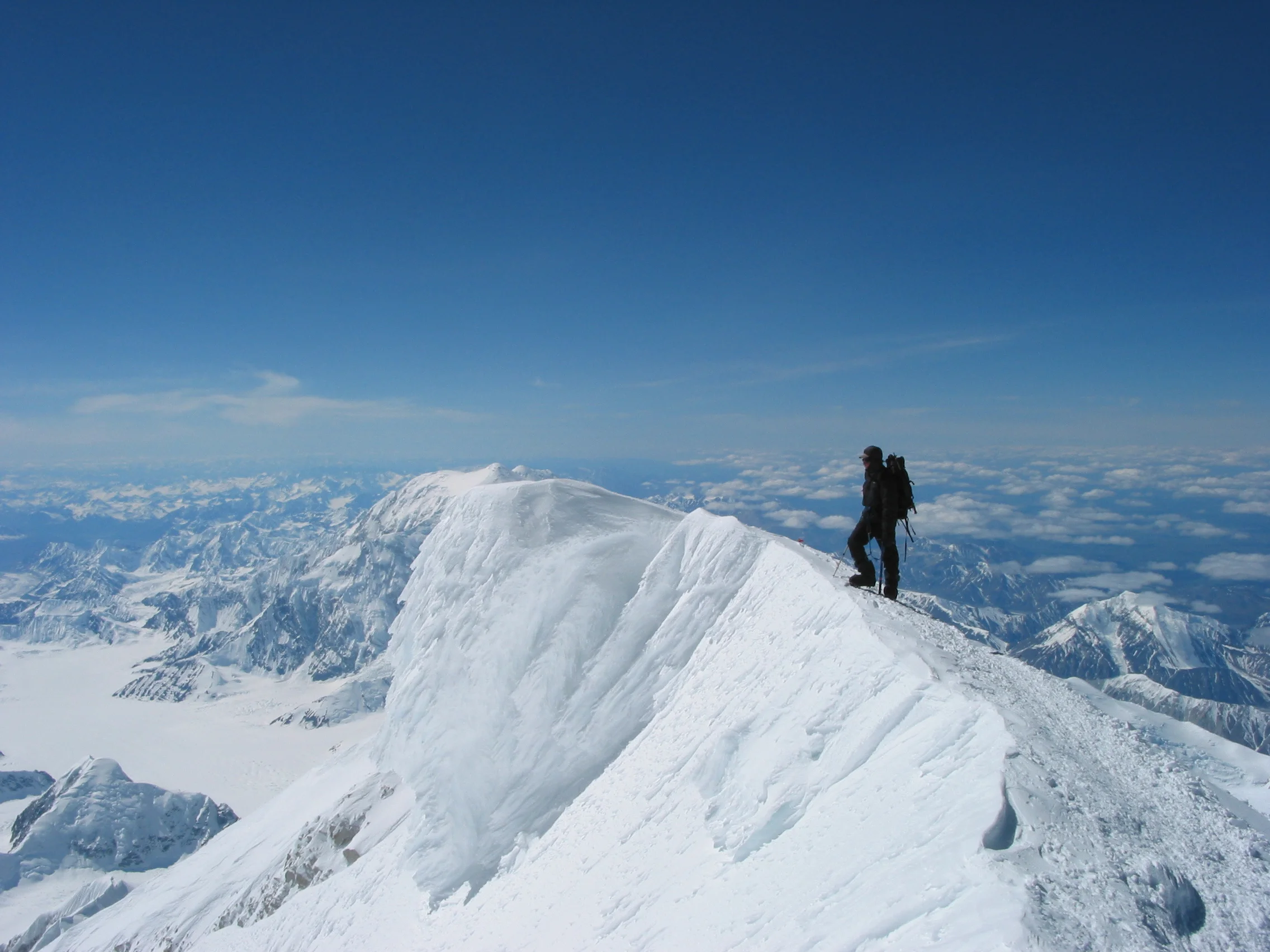
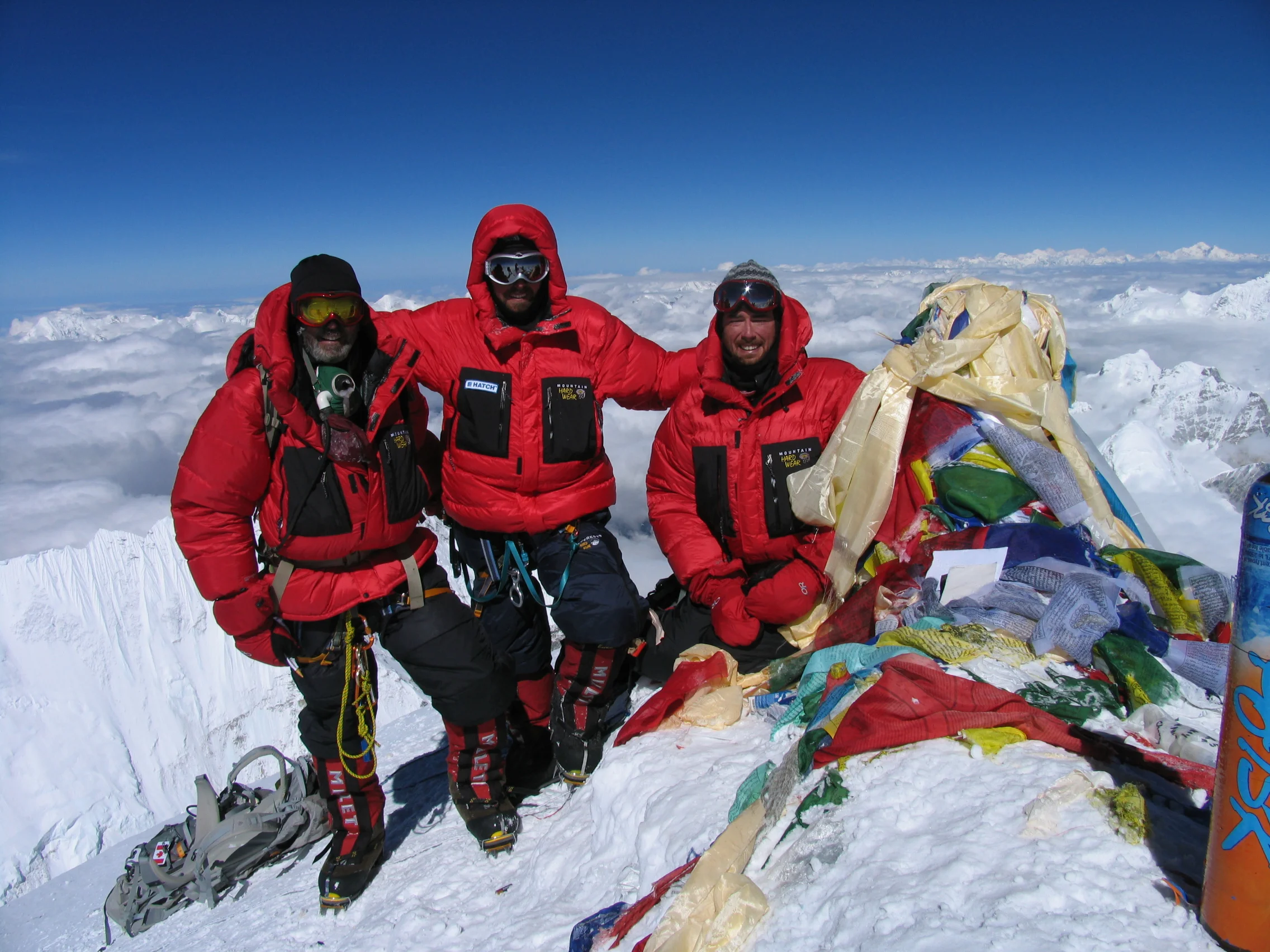
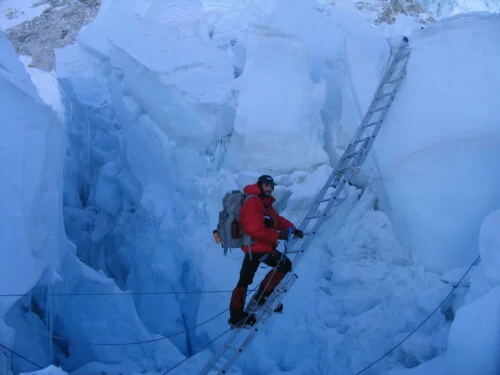
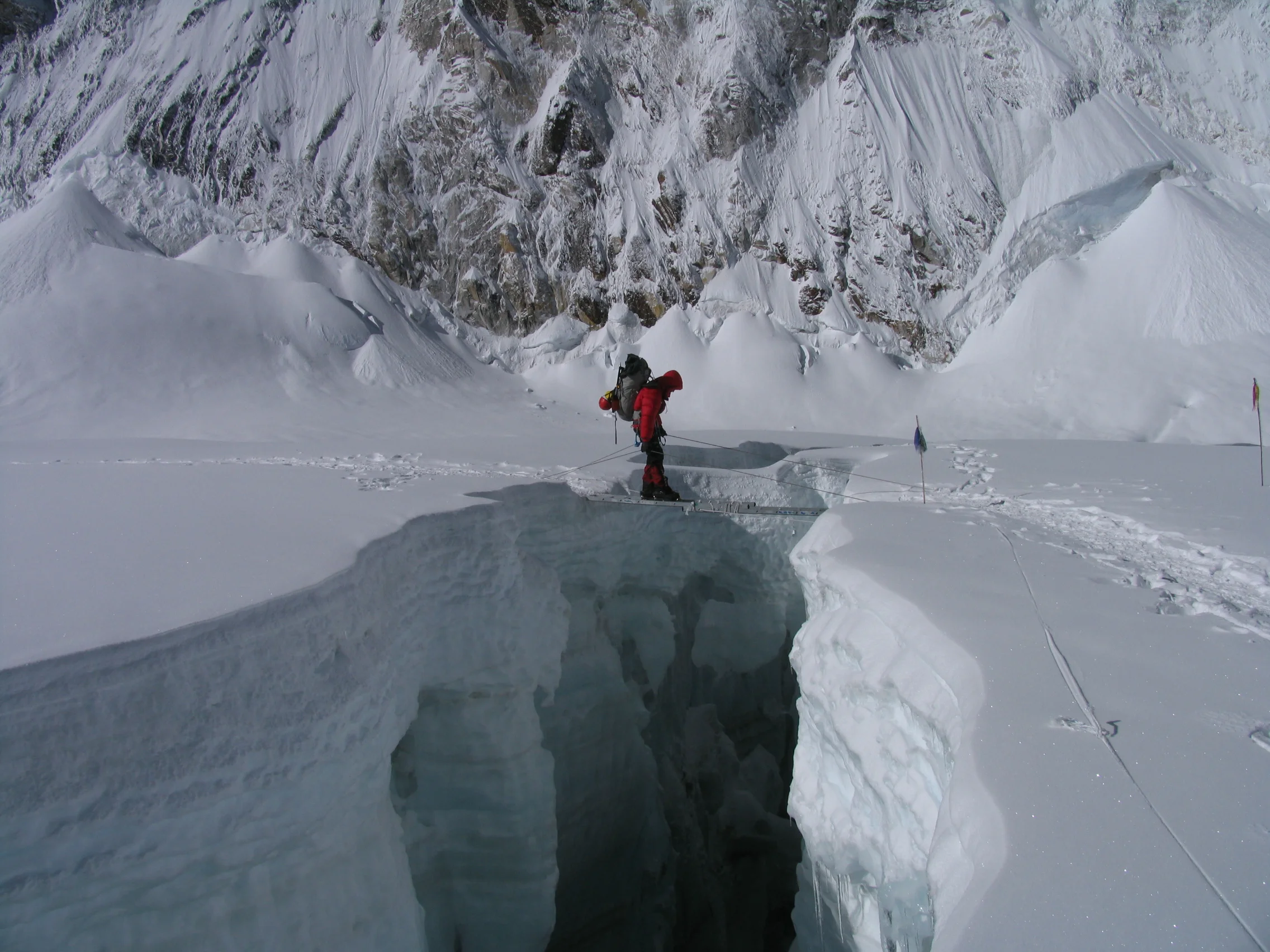
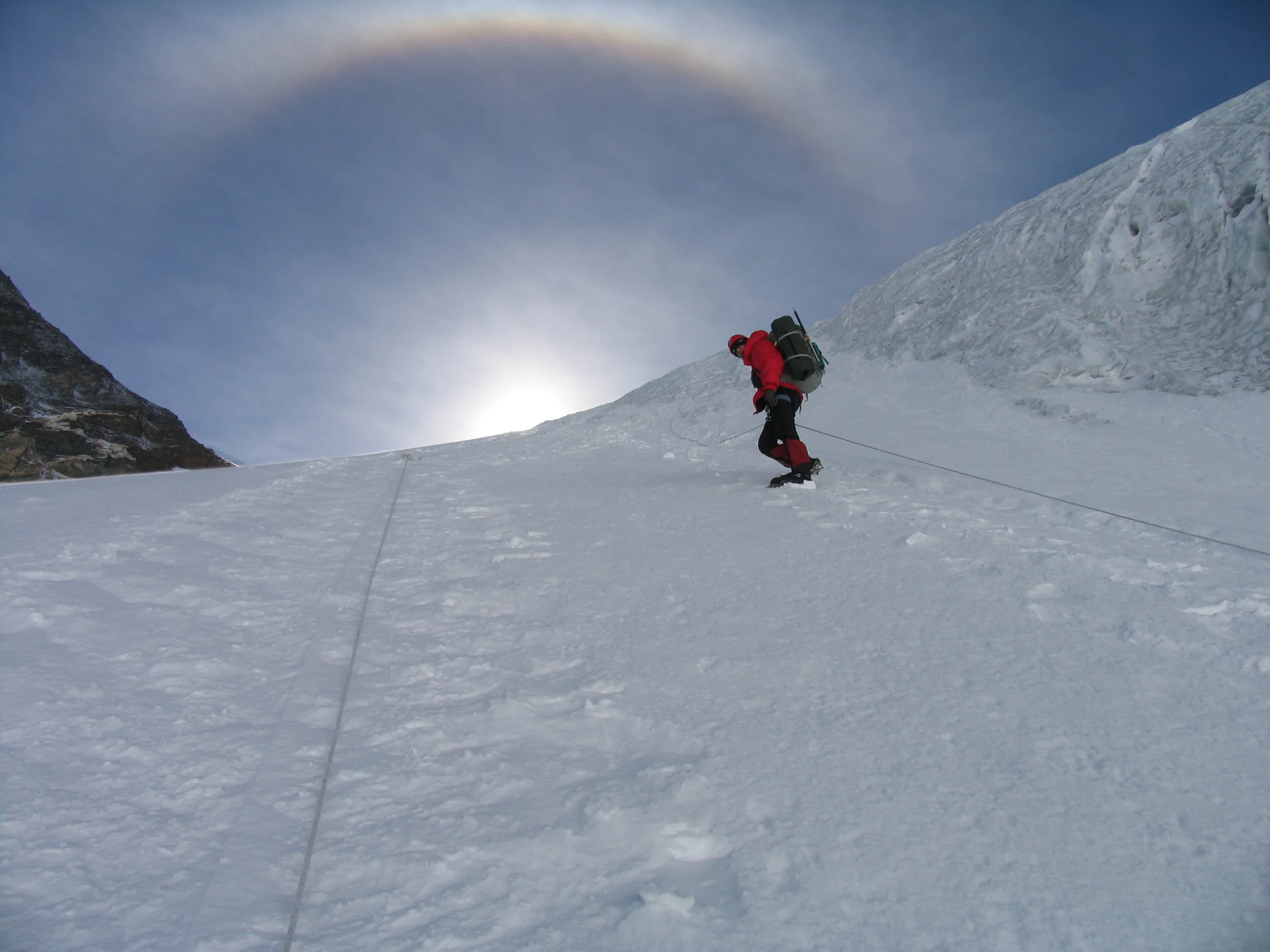
Avid Adventurer
Throughout his life, Alan has enjoyed and sought out new and exciting activities whenever he could. Living life to the absolute fullest is what he tries to do, and he encourages everyone he meets and associates with to do the same. Alan is a true explorer and avid adventurer who enjoys many diverse and challenging activities.
Alan is a believer in the impact that participating in adventures as a family has on the development and upbringing of youth. Incorporating outdoor activities into everyday life keeps life interesting and allows us to fully immerse ourselves in the beauty of our surroundings. Experiencing the incredible opportunities that nature and adventure provide is one of the secrets to a rich and rewarding life. Alan is very thankful to have been brought up in a close-knit and adventuresome family, and he is doing his best to pass on similar experiences to his own children.
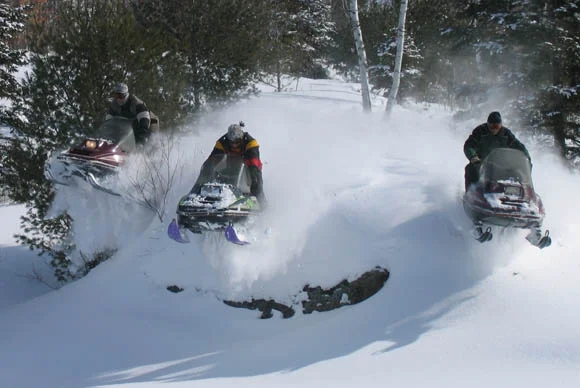

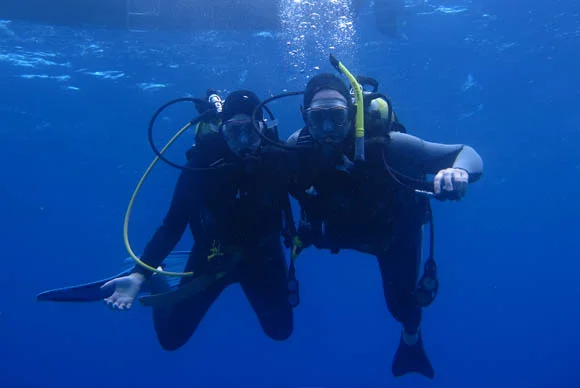
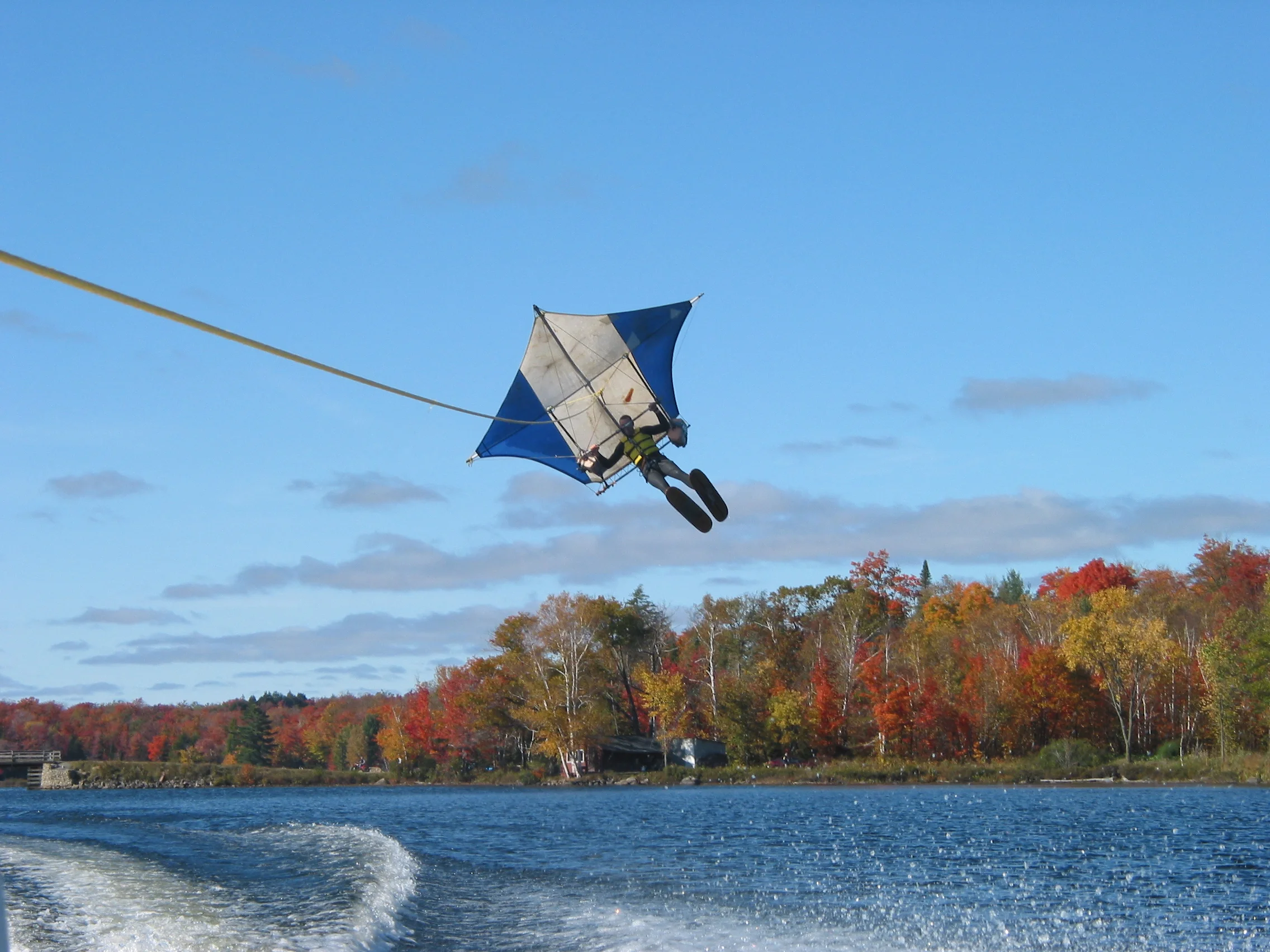
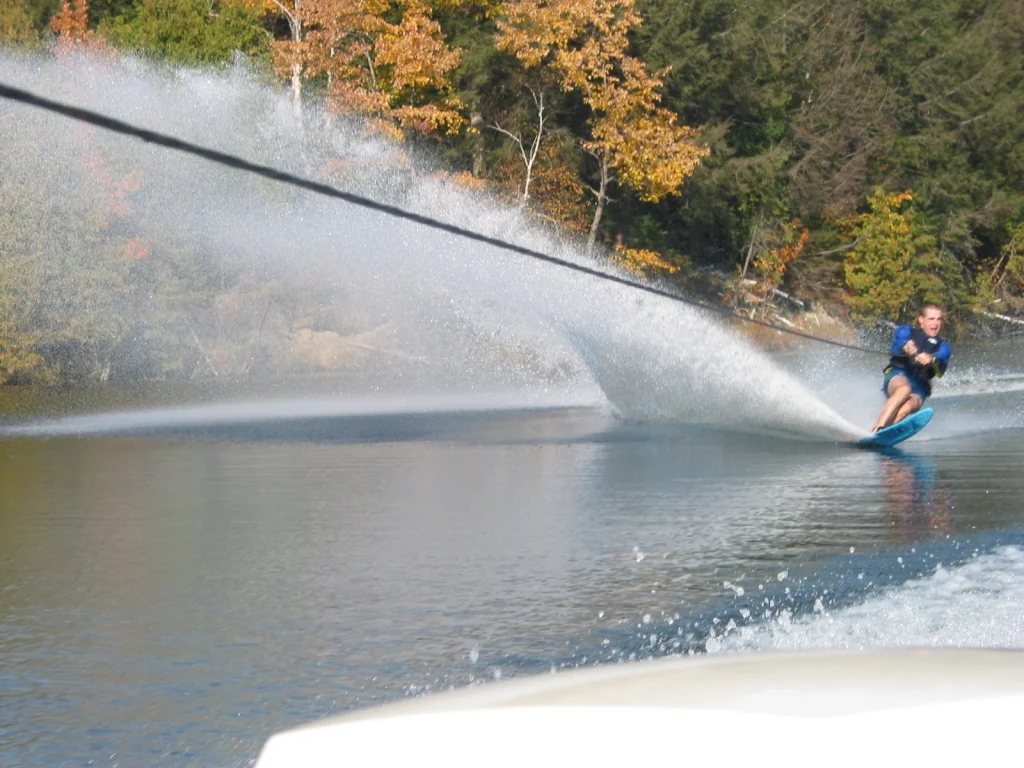
husband and father
In 2010, Alan married his beautiful wife, Natalie, and one week after their honeymoon, they packed their bags and relocated to Santiago, Chile, where they lived for almost two years, working and exploring the many exciting places that Chile has to offer. They then relocated again to Scottsdale, Arizona, where they lived for an additional two years before relocating back to Ontario, Canada, where they now call home. In the summer of 2013, Alan and his wife welcomed the next generation of Mallorys into this world with the birth of their daughter, Aria Mallory; in 2016, they welcomed their son, Oaklan Mallory; and in 2018, they welcomed their daughter Sierra.
Alan and Natalie enjoy running, biking, swimming, hiking, and many other excursions with their daughters and son.
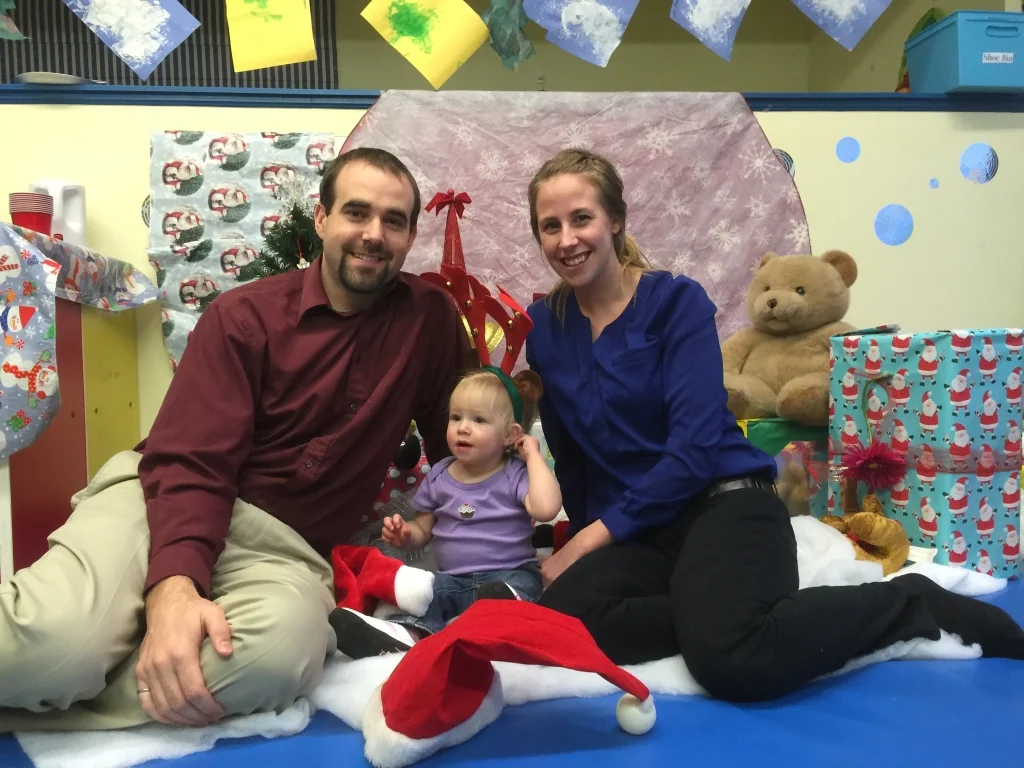
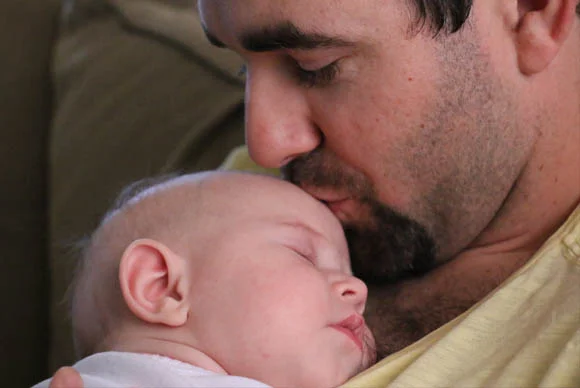
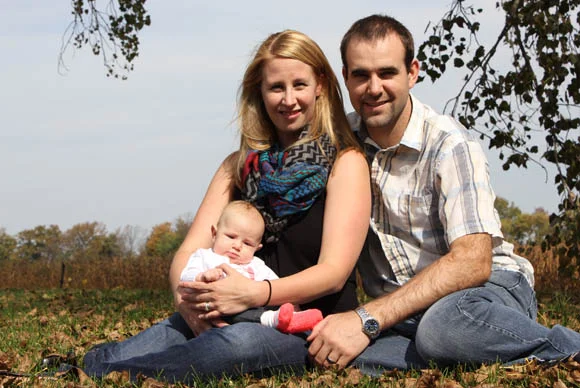
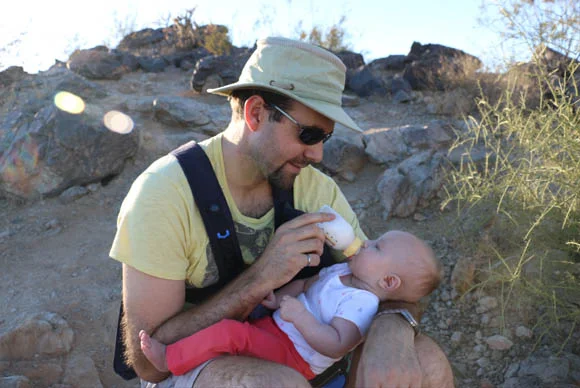
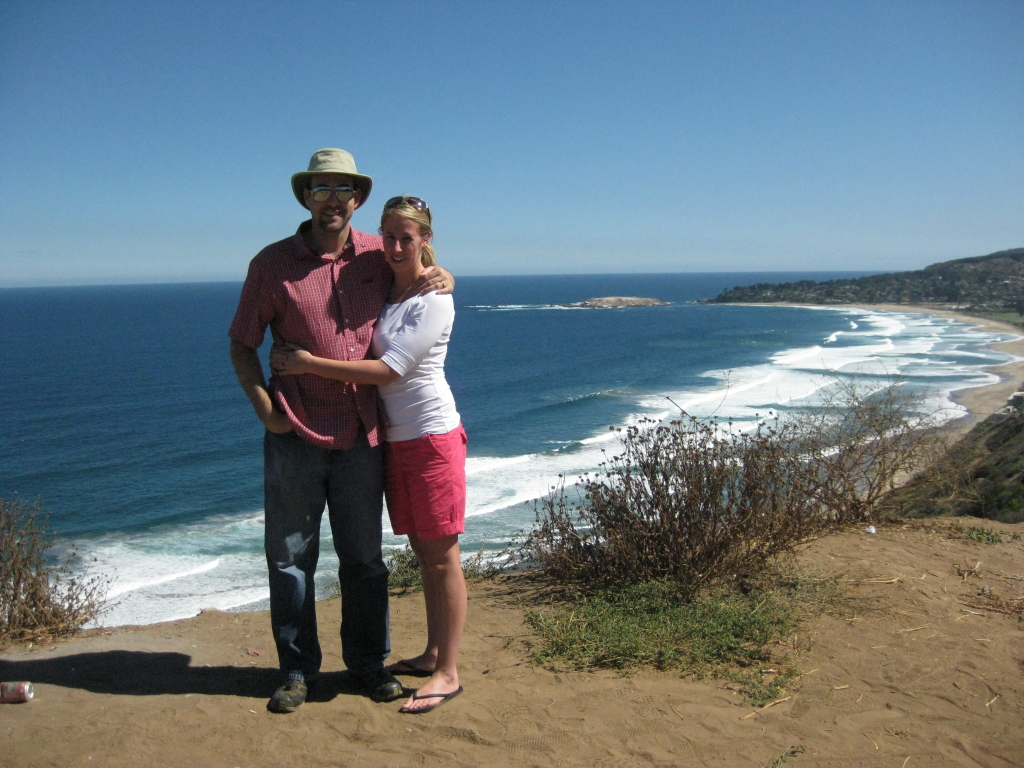
Engineer and project manager
Alan’s undergraduate degree is in mechanical engineering from Queen’s University. He is licensed to practice in Ontario, and Arizona as a professional engineer and has worked in many countries around the world developing innovative solutions and custom machinery. He has a keen interest in inventing new devices and methodologies and has multiple patents in his name for such inventions.
Alan is a member of a number of professional associations in the engineering field, including Professional Engineers Ontario, the Association of Professional Engineers and Geoscientists of Alberta, the Arizona Board of Technical Registration, and the Ontario Society of Professional Engineers.
Most of Alan’s engineering work has been in project management as well as the engineering, design, modelling, and drafting of feed systems and mechanical components for flash furnaces, converters, and electric arcs, with an emphasis on solving complex mechanical problems by developing unique solutions. Alan is an expert in using the specialized software Solid Edge and can efficiently execute custom machine design projects from the conceptual stages through installation and commissioning.
After being involved in the final stages of the SNNC Ferronickel Smelter, Alan worked on the Koniambo DC Furnace project. He was heavily involved in the engineering, design, and modelling of the feed pipes, fluidized bins, and other components of the furnace feed system. Alan was also engaged in performing Caesar II-aided stress analysis calculations and completing stress analysis reports on piping systems for the Bruce Power A restart project. He then worked for a year on-site at Bruce Power as a field engineer, interfacing between the design office and the construction contractors and resolving constructability and design issues.
While living in Santiago, Chile, Alan worked on a number of projects related to the maintenance and upgrading of mechanical equipment for the Andina and Teniente mines, smelters, and refineries. He was also involved in the development, engineering, and design of concentrate burners for flash copper furnaces and in the optimization of various processes and equipment related to copper smelting and conversion.
After Chile, Alan lived and worked in Arizona for two years. One of his most interesting projects in Arizona was a custom industrial mouth cover for emissions reduction in copper conversion. After generating and completing the design and fabrication drawings as the package lead, Alan became the project manager for the construction and prototype testing. The project was a great success and has led to the fabrication of other automated covers.
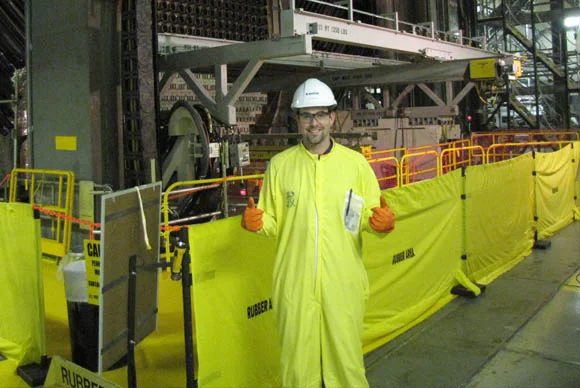
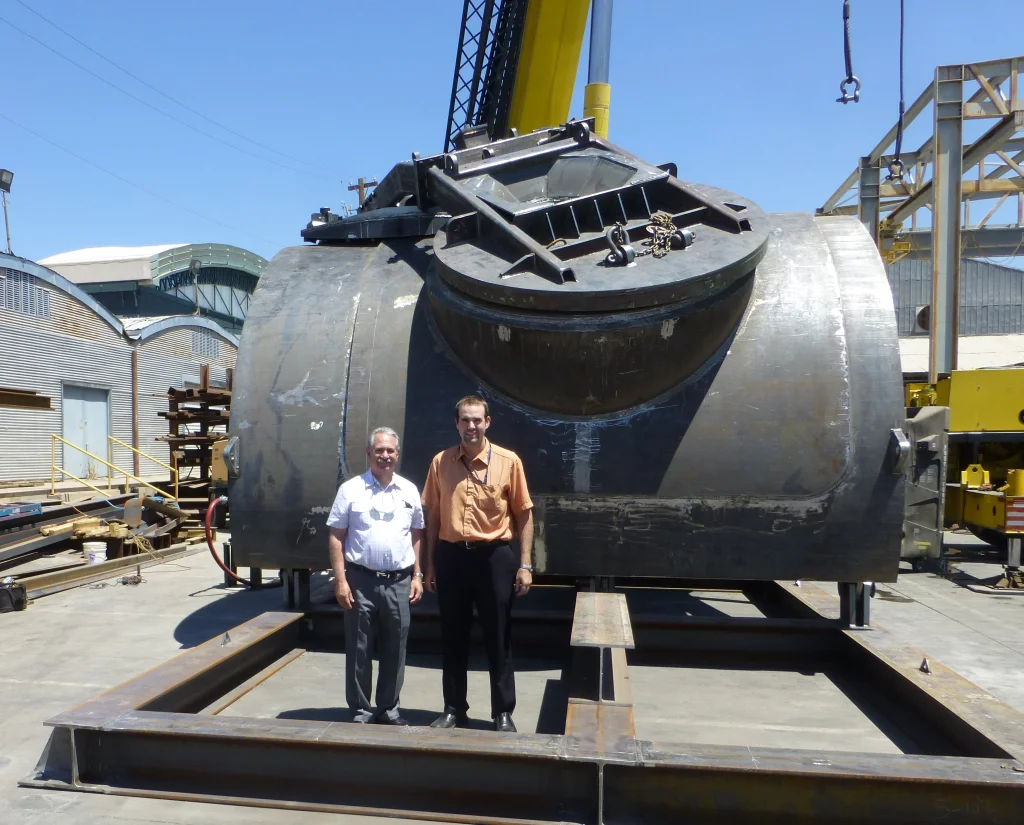
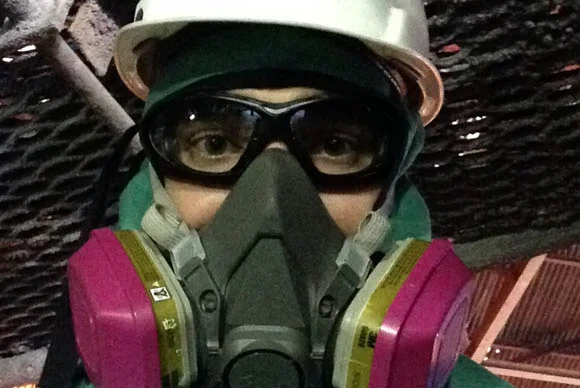


P.Eng.
P.E.
PMP
Musician
Alan’s relationship with music began early, when he first picked up the violin as a child. Over the years, this passion grew into a disciplined pursuit, leading him to perform in orchestras and take the stage for audiences in his younger years. Music became not just a hobby but a defining part of his identity—a way to connect with emotion, craft, and expression. Life, however, had a detour in store. A snowboarding accident left him with both bones in his left wrist broken, forcing him to step away from the violin for a time. Yet, even during this hiatus, his love for music never faded. He used the period as a chance to reflect on the role music plays in resilience, focus, and personal growth—themes that now echo throughout his professional work. Today, Alan channels this passion into the electric violin, a modern and expressive instrument that allows him to explore a new creative dimension. He often incorporates the violin into his keynote presentations and workshops, using music to heighten audience engagement and underscore key messages. The combination of sound, storytelling, and visual experience creates a unique, immersive learning environment that reinforces lessons in performance, teamwork, and mental mastery. Beyond the stage, music is a source of joy, creativity, and restoration for Alan. It helps him unwind, reset, and approach challenges with renewed focus. His ability to blend technical precision with artistic expression mirrors his approach to life and professional endeavors: balancing strategy, discipline, and inspiration. Those interested in seeing his musical side can explore a variety of cover song videos on his YouTube channel, offering a glimpse into the depth, emotion, and creativity that music brings to his life and work.

